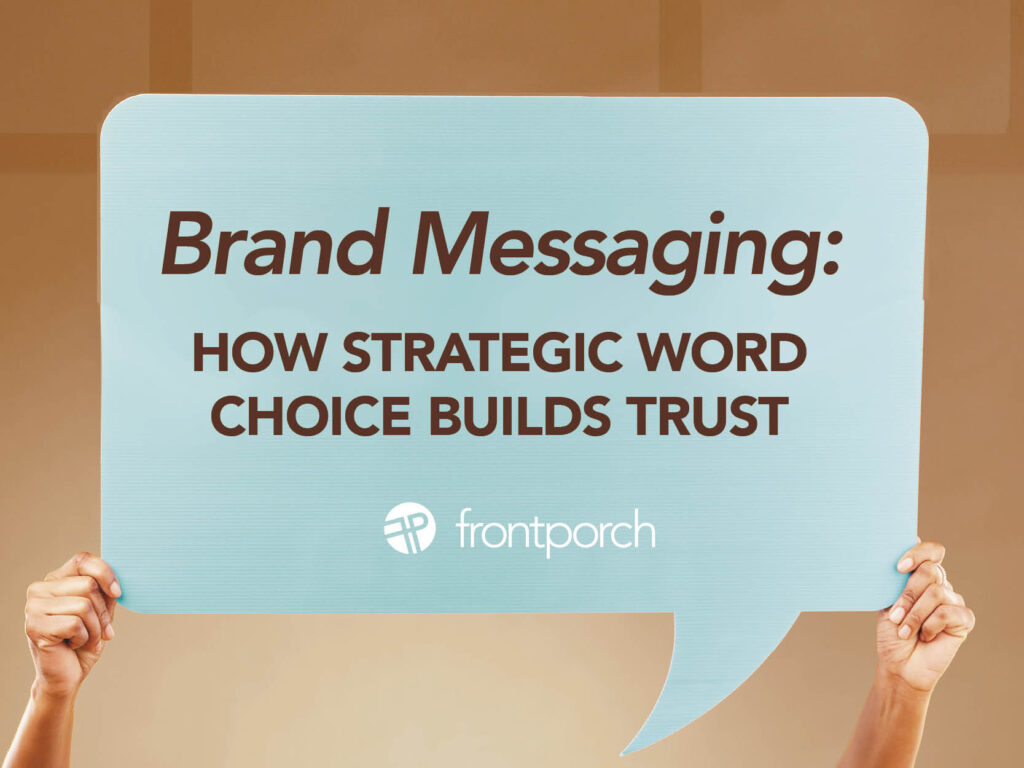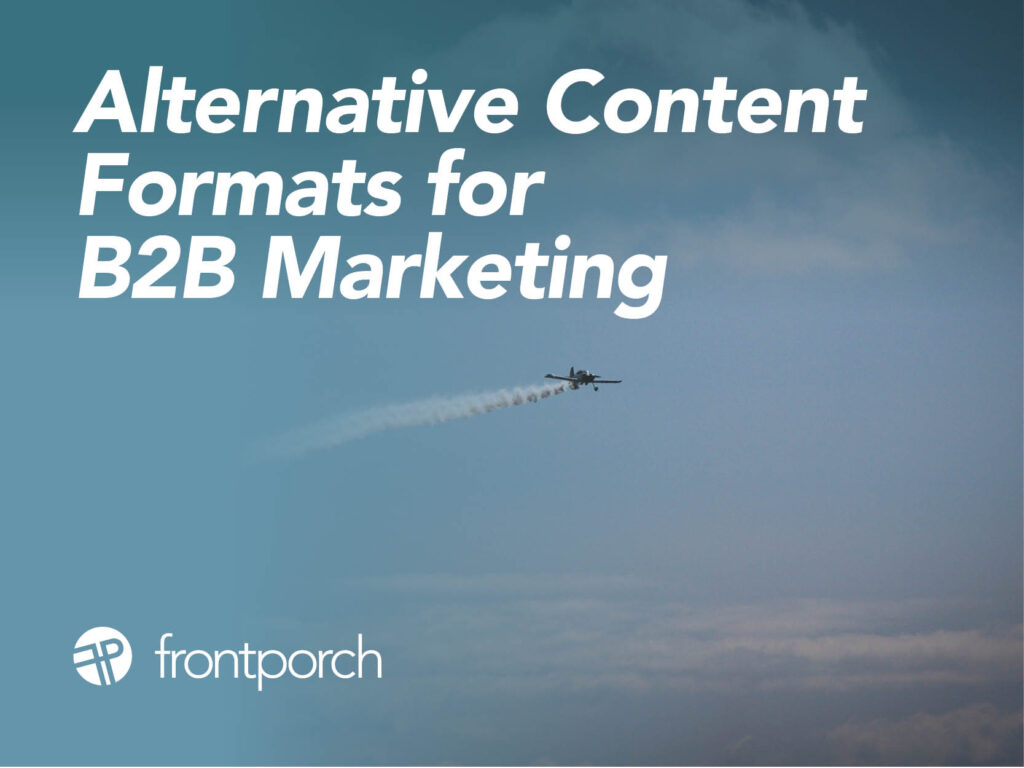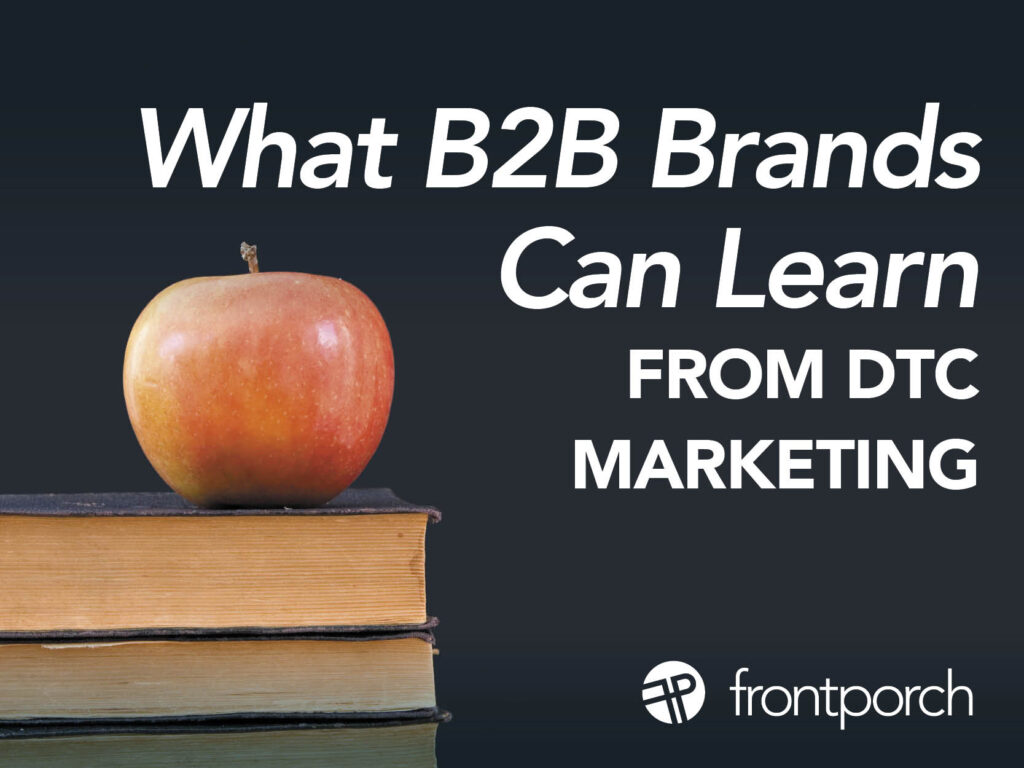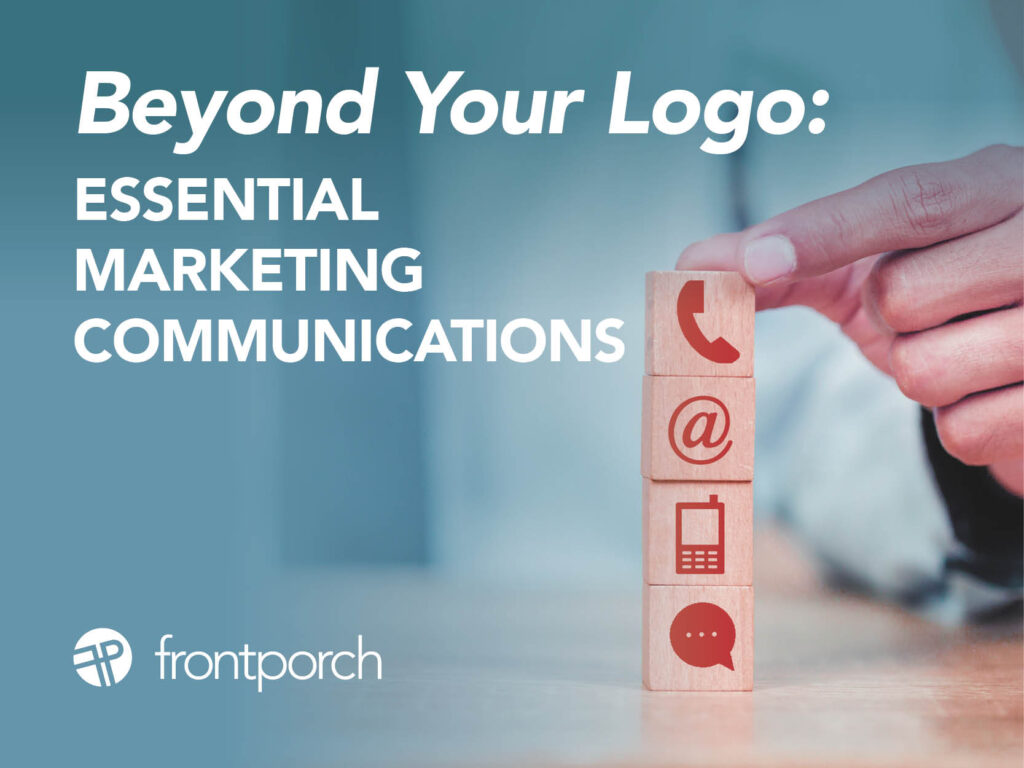
Spring is the season of growth and renewal — a perfect time to take a fresh look at your marketing strategy and the channel mix you’re using. Just like you’d diversify a garden to ensure a healthy harvest, your marketing strategy needs a mix of channels to thrive. If you’re pouring all your time, budget, or energy into one platform or tactic, you might be missing out on bigger opportunities — and leaving yourself vulnerable.
Channel diversification matters. So learn how to spot overdependence on one channel and what you can do to grow a more balanced, resilient marketing mix.
The Risks of a One-Channel Strategy
Putting all your golden marketing eggs in one basket can feel safe — especially when that channel is performing well. But algorithms change, audience behaviors shift, and platforms rise and fall. If your business relies heavily on a single social media platform, email list, or ad network, you’re one update away from a major disruption.
Common signs of over-reliance:
- Most of your website traffic or new business leads come from one source
- Your engagement drops significantly if one channel underperforms
- You haven’t experimented with new platforms or tactics in over 6 months
The Benefits of Channel Diversification
1. Reach new audiences: Different platforms attract different demographics. Expanding your reach across channels means reaching more potential customers.
2. Mitigate risk: If one channel takes a hit — due to algorithm changes, ad costs, or even a platform outage — you’ve got others to lean on.
3. Learn what works best: Diversification allows for better testing and experimentation. You might discover that your audience responds better to email storytelling than paid search, or that blog posts drive more qualified leads than Instagram.
4. Strengthen your brand: A presence across multiple touchpoints increases brand recognition and builds trust. It adds depth to your brand’s personality. Your brand becomes more than just “that company on LinkedIn.”
Alternative Channels to Consider
- Email Marketing: Email marketing is still one of the most effective and underutilized channels for direct communication.
- Podcast Interviews, Sponsorships or Advertising: Reach niche B2B or B2C audiences where they spend uninterrupted time.
- SMS/Text Campaigns: SMS marketing is quick, direct, and surprisingly effective when used with consent, consistency and care.
- Community Platforms: Slack groups, Discord, or industry-specific forums where conversations already happen about your industry, product, or brand.
- Content Syndication: Republish or distribute your best blog content to new audiences through third-party sites.
- Offline Tactics: Direct mail, branded events, or pop-up experiences still create memorable brand impressions.
- Media Relations: Establishing your brand as a voice of authority in industry newspapers and magazines with a solid media pitch
How to Start Diversifying
- Audit your current mix: Where is your traffic and engagement actually coming from? What channels are underperforming or neglected?
- Choose one new channel to explore: You don’t need to launch everywhere all at once. Pick a channel that aligns with your audience and test it intentionally.
- Repurpose smartly: You don’t need to create new content for every channel. Repurpose blog posts into videos, webinar snippets into social posts, or long-form reports into email series.
- Measure, refine, repeat: Set clear KPIs for each new channel and compare results. Continue to refine your mix as you gain new insights.
Make Your Brand Channel Resilient
The more varied and strategic your marketing approach, the more resilient your brand becomes. So this spring, take a cue from the season: plant new seeds, test new soil, and watch your marketing bloom in unexpected places. Just remember: marketing, like gardening, rewards those who think ahead and stay adaptable.
Have you tried a new channel recently that surprised you with results? We’d love to hear about it on The Porch!









